Top Image: Joseph. P. Martínez courtesy of the US Army.
Joseph Martinez was born in Taos, New Mexico in 1920. The youngest of many children to José Manuel Martínez and María Eduvigen Romo, his parents moved the family to Ault, Colorado in 1927. After being drafted into the US Army in August 1942, Martinez shipped off to Camp Roberts, California for basic training. Upon completing his training Martinez was assigned to Company K, 32d Infantry, 7th Infantry Division. The 7th Infantry Division was part of the force that landed at Attu in the Aleutian Islands of Alaska. The Japanese invaded the Aleutians in June 1942, the first time American soil had been invaded by a foreign power since the War of 1812.
Martinez, together with the men from “K” Company, landed at Holtz Bay on May 11 and began the long and bitter struggle to wrest the craggy ridges that encircled the bay from the Japanese. This fighting was up-close and brutal as the Japanese forces defending the narrow passes that were the only means of advance to clear the ridges manned foxholes with machine guns and their riflemen had the advantage of possessing the high ground.
One of the crucial passes was called “Fish Hook” and was a key objective for the 32nd Regiment. An attempt on the pass was made on May 24, but was repulsed when the attackers suffered heavy casualties. After recuperating from their beating, and with the assistance of massive artillery bombardments, Martinez and his comrades made another attempt on May 26. After initially making quick progress up the ridge, due to losses the Japanese absorbed, the Americans encountered stiffening resistance in the form of “hot spots” that blocked their advance.
At a particularly lethal point, Martinez was pinned down with his men. Taking his BAR, Martinez charged, clearing out foxhole after foxhole, picking up an M1 Garand once he ran out of his own ammunition. In The Capture of Attu: As Told by the Men who Fought There by Robert Mitchell, Sewell Tyng, and Nelson Drummond, Sgt. Earl L. Marks of “K” Company recounted that Martinez “went on like a wild man with that. He was a tornado that day, too much of a one I guess.”
This heroic action allowed the unit to make it through the pass and get to their objective, but Martinez was not done. The indefatigable BAR gunner replenished his ammo and climbed atop a small 15-foot cliff that overlooked another Japanese trench system and started pouring fire down on the Japanese in a trench. Exposed to enemy fire from below, Martinez was undeterred as he unloaded magazine after magazine into the Japanese. Then one sole shot rang out and struck Martinez in the head. Though his men attempted to recover him, they realized that the treacherous journey back down the pass would kill him, especially while the unit was still under fire from Japanese bullets and grenades.
Martinez succumbed to his head wound and died on May 26, 1943. The next morning, men of “K” Company found that the Japanese who had not been killed had pulled out, giving the Americans the day.
Martinez was buried with full military honors in his childhood home of Ault, Colorado. The military posthumously honored Martinez by naming a transport ship and military installation after him. Several municipalities erected statues and renamed streets in his honor as well.
Medal of Honor Citation
"For conspicuous gallantry and intrepidity above and beyond the call of duty in action with the enemy. Over a period of several days, repeated efforts to drive the enemy from a key defensive position high in the snow-covered precipitous mountains between East Arm Holtz Bay and Chichagof Harbor had failed. On 26 May 1943, troop dispositions were readjusted and a trial coordinated attack on this position by a reinforced battalion was launched. Initially successful, the attack hesitated. In the face of severe hostile machine-gun, rifle, and mortar fire, Pvt. Martinez, an automatic rifleman, rose to his feet and resumed his advance. Occasionally he stopped to urge his comrades on. His example inspired others to follow. After a most difficult climb, Pvt. Martinez eliminated resistance from part of the enemy position by BAR fire and hand grenades, thus assisting the advance of other attacking elements. This success only partially completed the action. The main Holtz-Chichagof Pass rose about 150 feet higher, flanked by steep rocky ridges and reached a snow-filled defile. Passage was barred by enemy fire from either flank and from tiers of snow trenches in front. Despite these obstacles, and knowing of their existence, Pvt. Martinez again led the troops on and up, personally silencing several trenches with BAR fire and ultimately reaching the pass itself. Here, just below the knifelike rim of the pass, Pvt. Martinez encountered a final enemy-occupied trench and as he was engaged in firing into it he was mortally wounded. The pass, however, was taken and its capture was an important preliminary to the end of organized hostile resistance on the island."
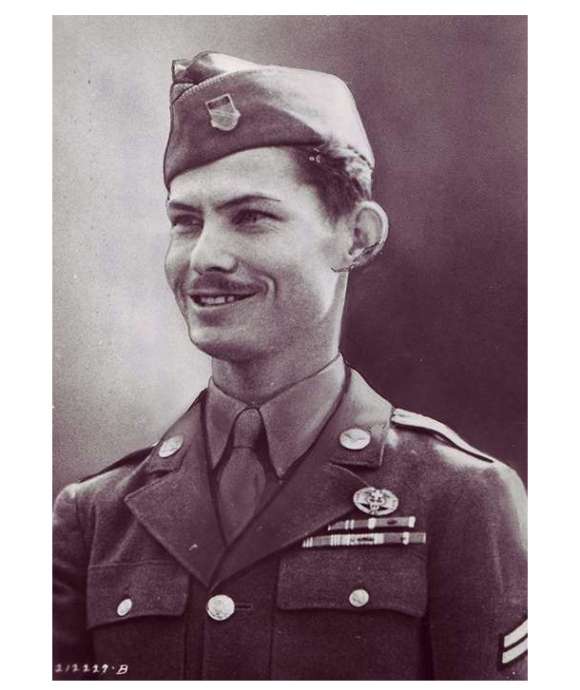
Private First Class Desmond Thomas Doss, US Army: Medal of Honor Series
On October 12, 1945, US Army medic Desmond Doss became the first conscientious objector to be awarded the Medal of Honor.
Jeremy Collins
Jeremy Collins joined The National WWII Museum in 2001 as an intern, and now oversees the institution’s public programming initiatives.
Cite this article:
MLA Citation:
APA Citation:
Chicago Style Citation:
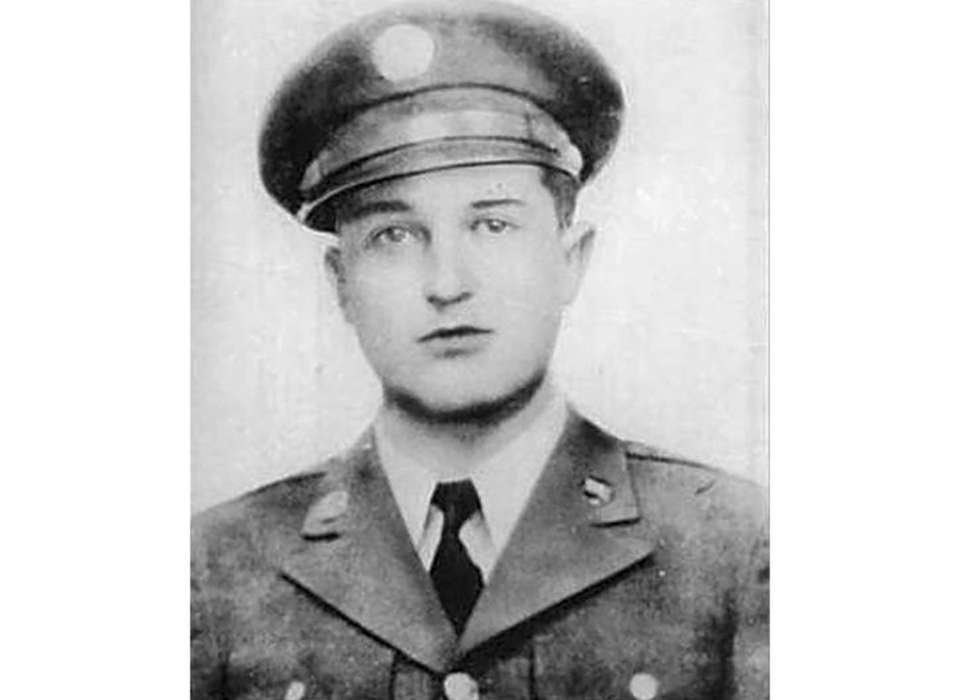
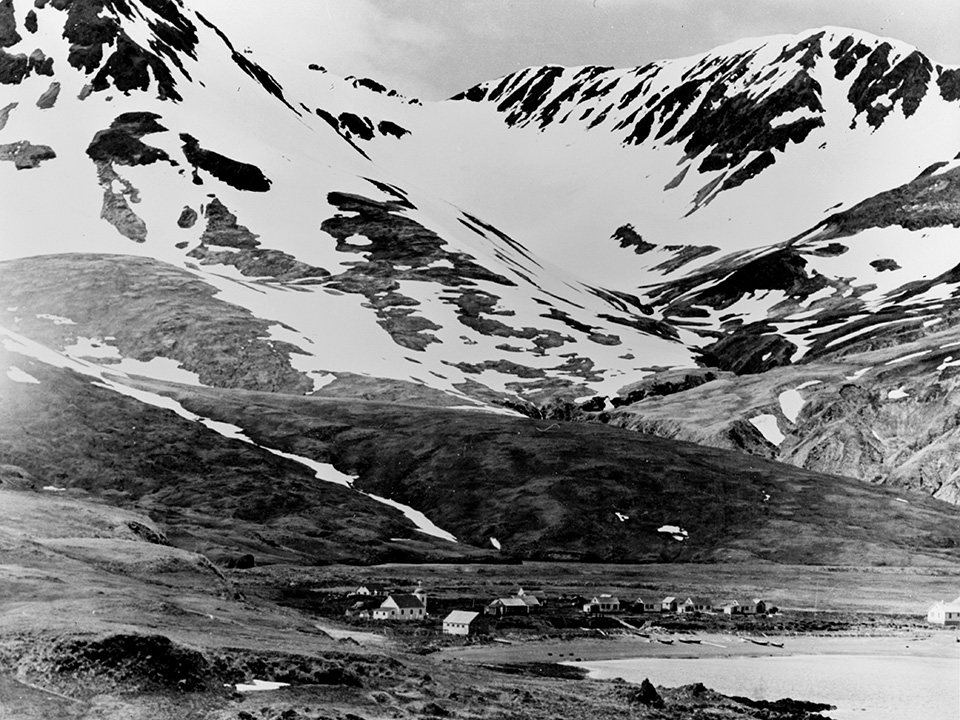
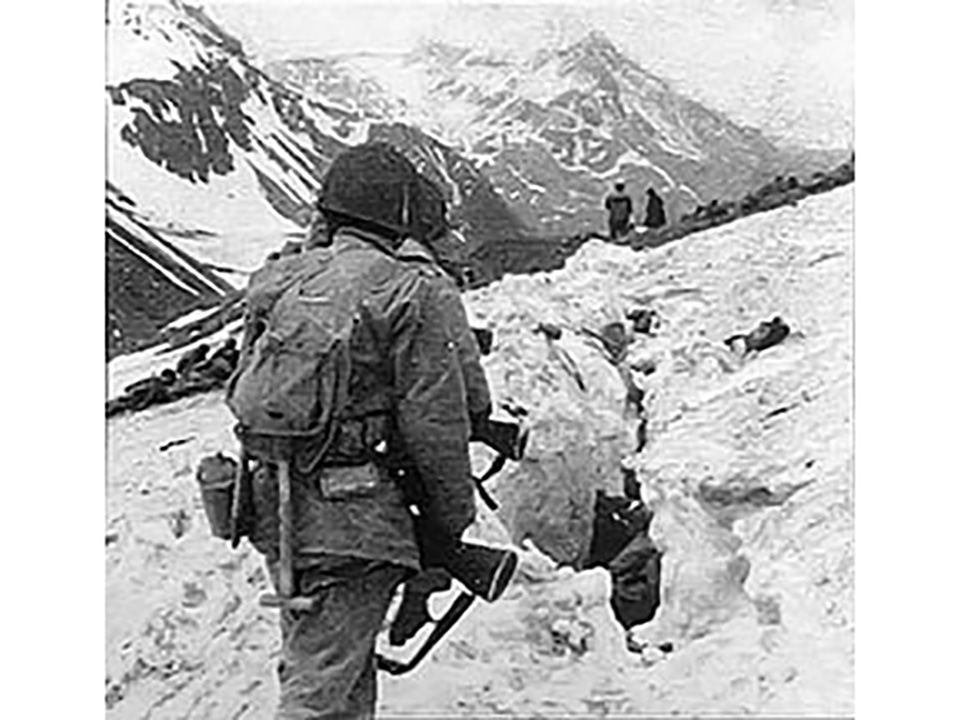
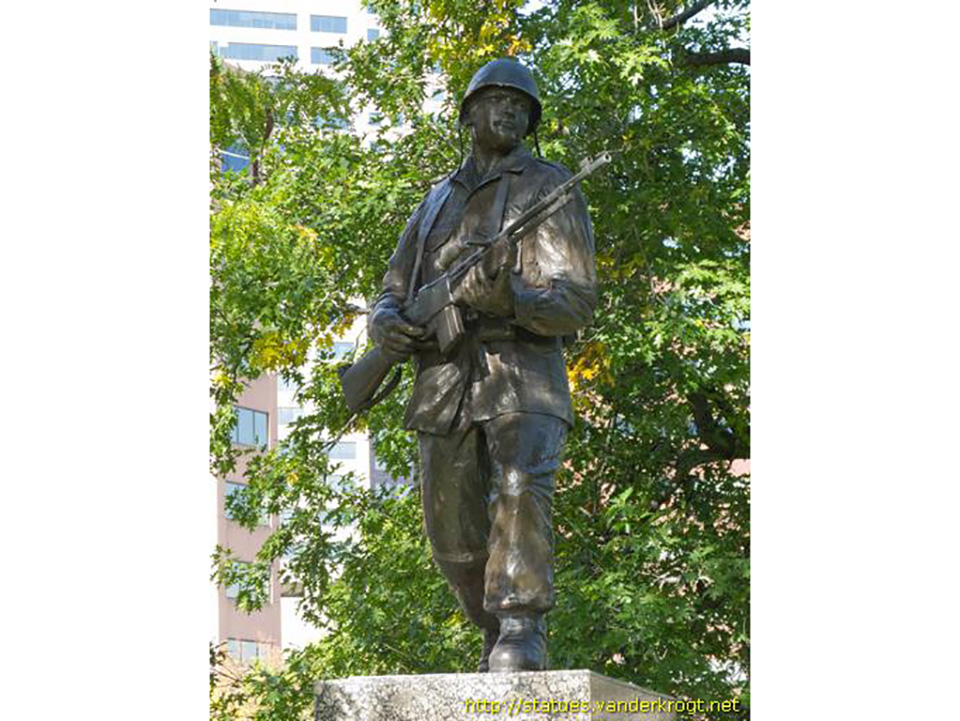




![Max Fuchs, New York City cantor, sings as Rabbi Sydney [sic] Lefkowitz, Richmond, VA, conducts the first Jewish services from Germany.](/sites/default/files/styles/max_650x650/public/2025-10/image1.jpg)



